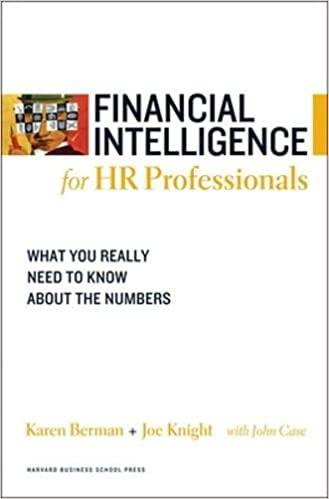1. Which of the following statements regarding mortgage-backed securities (MBS) and collateralized mortgage obligations (CMOs) is most correct: A. MBSs are created from CMOs. B.
1. Which of the following statements regarding mortgage-backed securities (MBS) and collateralized mortgage obligations (CMOs) is most correct: A. MBSs are created from CMOs. B. Creating CMOs does not reduce the overall prepayment risk of a mortgage passthrough security. C. The prepayment option of an MBS benefits the security holder. D. The cash flows received on the MBS are quite similar to those of a callable coupon bond.
2. Compared to the underlying MBS, a collateralized mortgage obligation (CMO) tranche: A. has less prepayment risk. B. has lower duration. C. may have more or less prepayment risk. D. Allows an investor to select an exact maturity.
3. A domestic investor is purchasing foreign bonds. Which of the following statements regarding the exchange rate risk and price movement of the asset is most correct? A. The depreciation of both the asset and the foreign currency benefits the domestic investor. B. The depreciation of the asset and the appreciation of the foreign currency benefit the domestic investor. C. The appreciation of the asset and the depreciation of the foreign currency benefit the domestic investor. D. The appreciation of both the asset and the foreign currency benefits the domestic investor.
4. Under a system of flexible exchange rates, an increase in the foreign demand for U.S. good will cause: A. the dollar to appreciate in value. B. the U.S. trade deficit to increase. C. the U.S. inflation rate to increase. D. nominal interest rates in the U.S. to decrease.
5. In balance-of-payments transactions, the current account: A. equals imports minus exports. B. measures the flow of all investment funds and loans in the United States. C. is the record of transactions with foreigners that involve either the exchange of ownership right to real or financial assets, or the extension of loans. D. is the record of all transactions with foreign nations that involve the exchange of merchandise goods and services, current income derived from investments, and unilateral gifts.
6. What are the differences between
Step by Step Solution
There are 3 Steps involved in it
Step: 1

See step-by-step solutions with expert insights and AI powered tools for academic success
Step: 2

Step: 3

Ace Your Homework with AI
Get the answers you need in no time with our AI-driven, step-by-step assistance
Get Started


